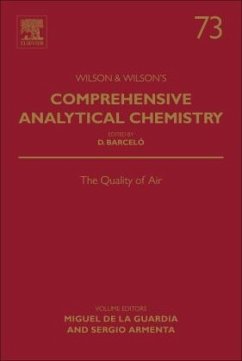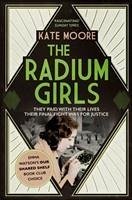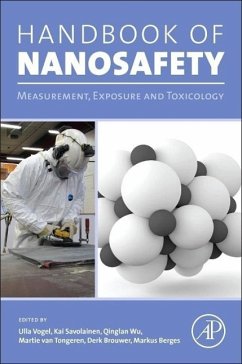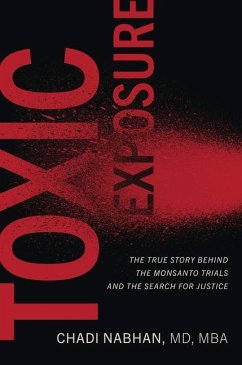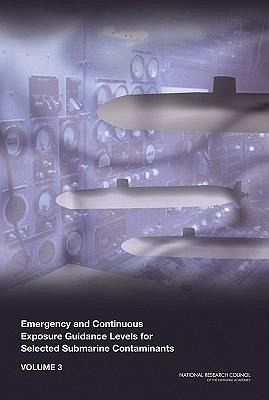
Emergency and Continuous Exposure Guidance Levels for Selected Submarine Contaminants
Volume 3
Versandkostenfrei!
Versandfertig in über 4 Wochen
56,99 €
inkl. MwSt.
Weitere Ausgaben:

PAYBACK Punkte
28 °P sammeln!
U.S. Navy personnel who work on submarines are in an enclosed and isolated environment for days or weeks at a time when at sea. Unlike a typical work environment, they are potentially exposed to air contaminants 24 hours a day. To protect workers from potential adverse health effects due to those conditions, the U.S. Navy has established exposure guidance levels for a number of contaminants. The Navy asked a subcommittee of the National Research Council (NRC) to review, and develop when necessary, exposure guidance levels for specific contaminants. This volume, the third in a series, recommend...
U.S. Navy personnel who work on submarines are in an enclosed and isolated environment for days or weeks at a time when at sea. Unlike a typical work environment, they are potentially exposed to air contaminants 24 hours a day. To protect workers from potential adverse health effects due to those conditions, the U.S. Navy has established exposure guidance levels for a number of contaminants. The Navy asked a subcommittee of the National Research Council (NRC) to review, and develop when necessary, exposure guidance levels for specific contaminants. This volume, the third in a series, recommends 1-hour and 24-hour emergency exposure guidance levels (EEGLs) and 90-day continuous exposure guidance levels (CEGLs) for acetaldehyde, hydrogen chloride, hydrogen fluoride, hydrogen sulfide, and propylene glycol dinitrate.



